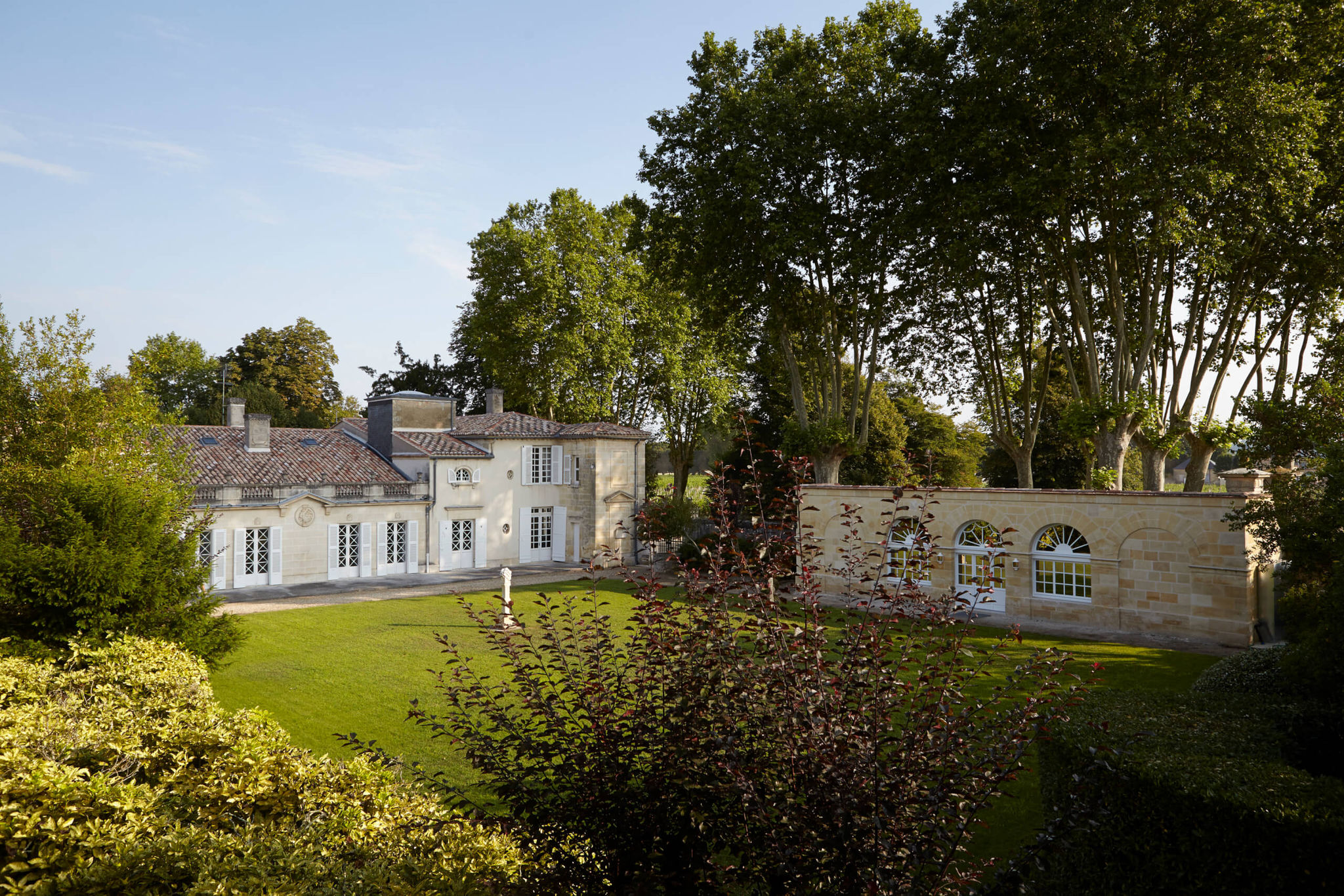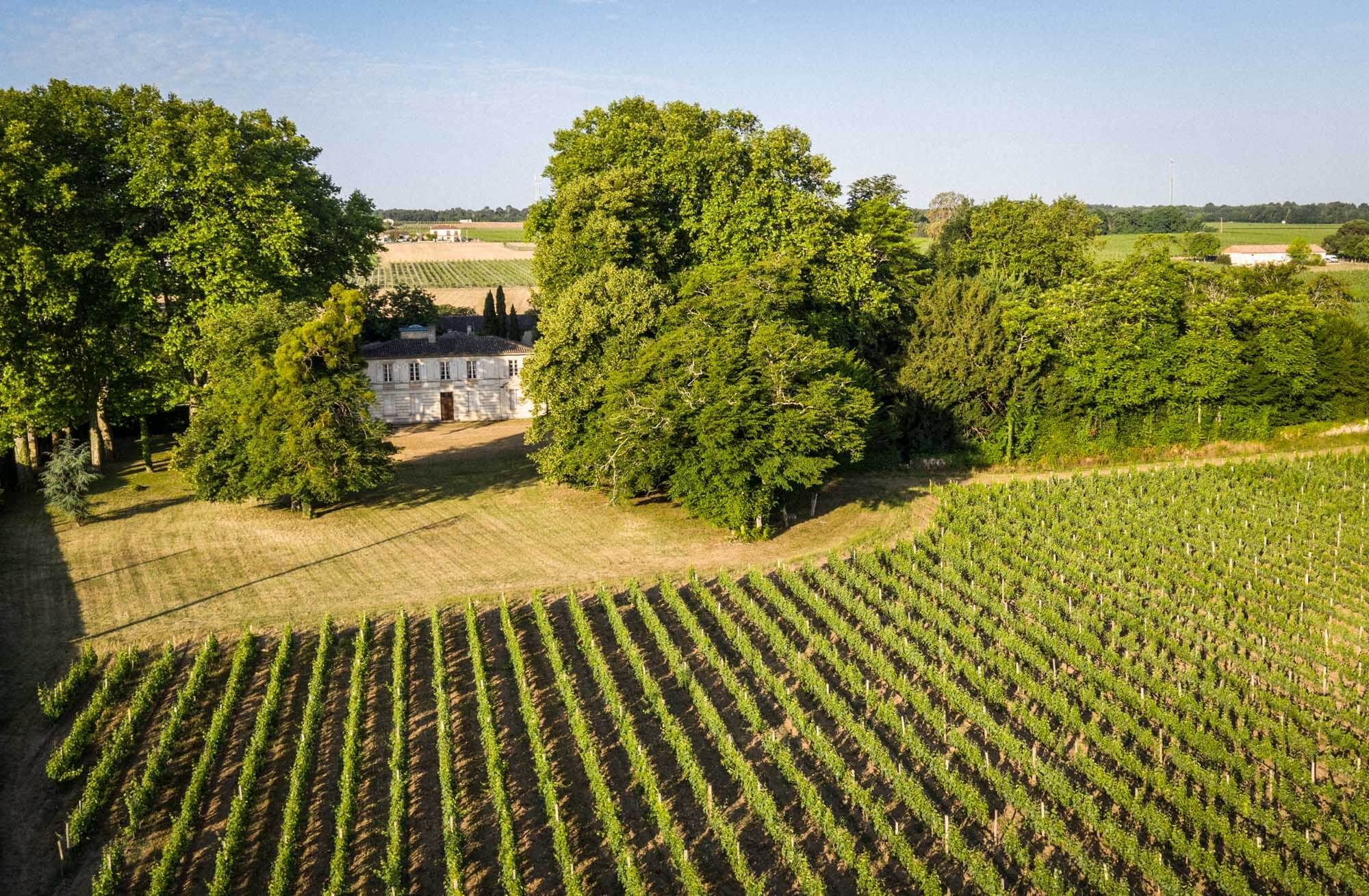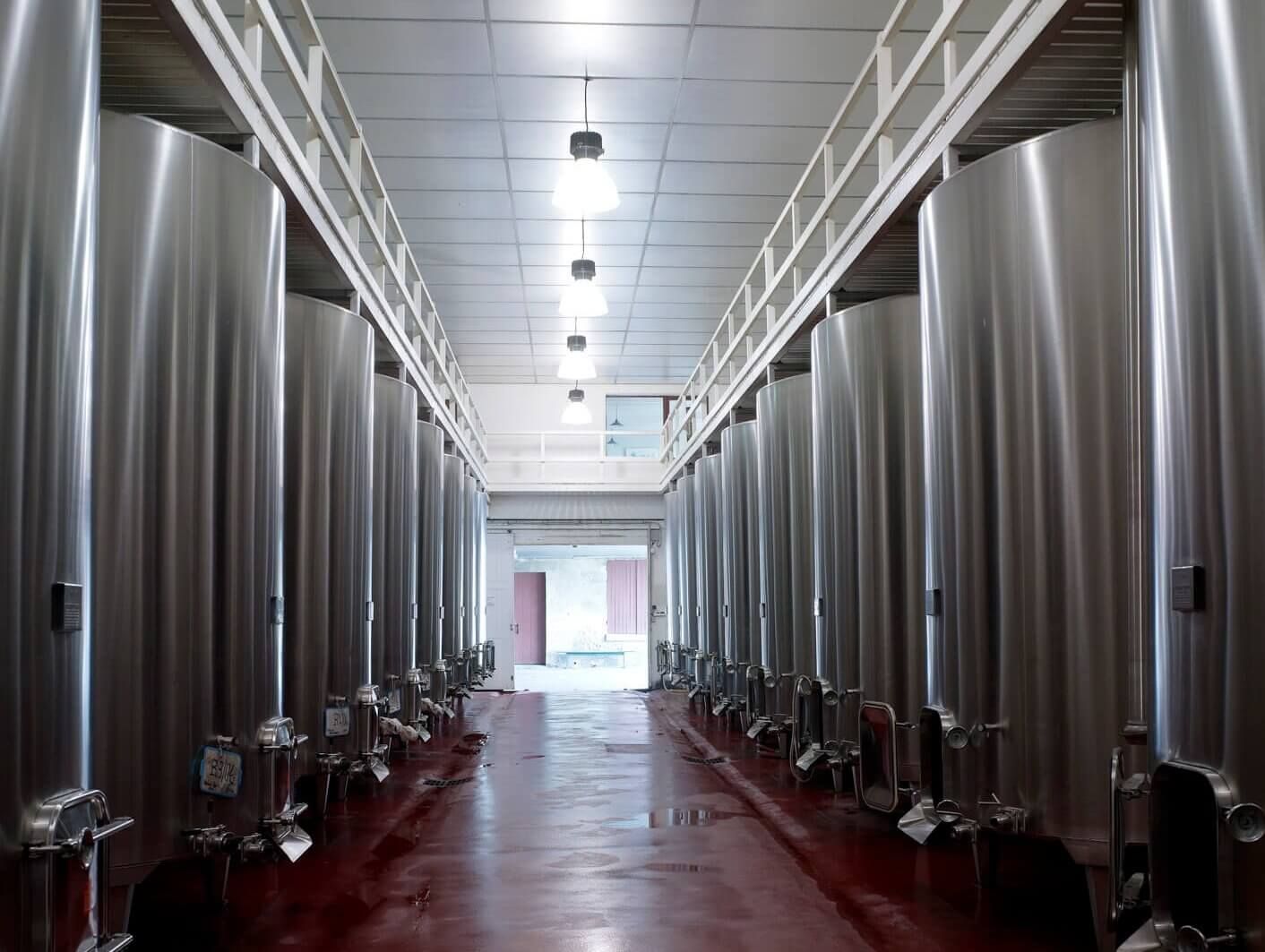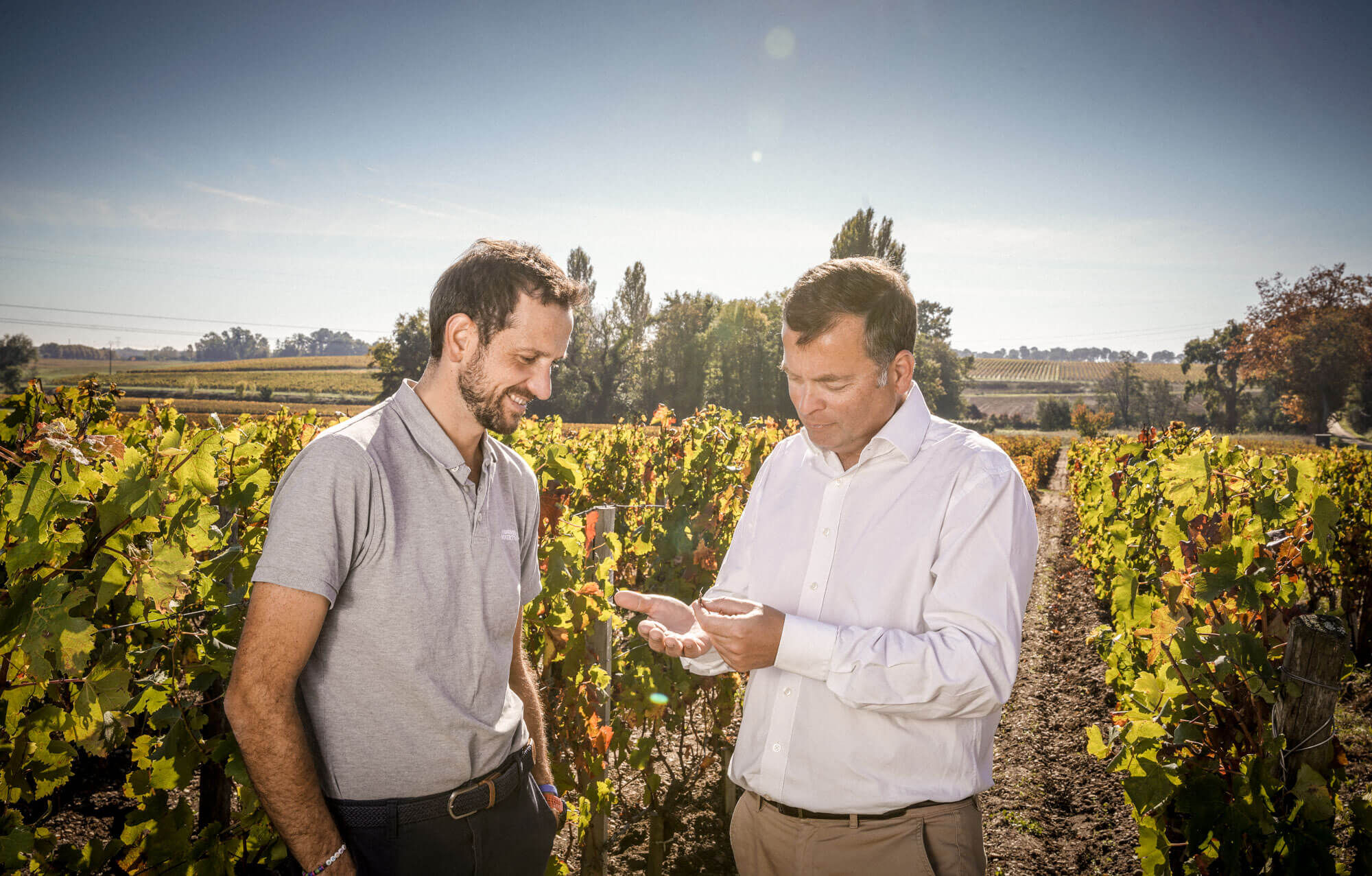Chateau Rahoul
AOC Graves blanc, Graves rouge.
Member of the Union des Grands Crus de Bordeaux.
AOC Graves blanc, Graves rouge.
Member of the Union des Grands Crus de Bordeaux.

A member of the Union des Grands Crus de Bordeaux, Château Rahoul boasts an exceptionally diverse range of terroirs. Its history dates back to the 17th century, when Knight Guillaume Rahoul constructed the attractive chartreuse, or country house, and gave it its name.
Dourthe has been entrusted with managing the estate since 2007 and remains determined to uphold its status among the finest of the Graves appellation.
Devenu viticole dès le XVIIIème siècle…le cru couvre environ 40 ha…confié en 2007 aux équipes de la maison Dourthe. Une valeur sûre.
Guide Hachette
93/100
Decanter
100%
Mechanical ploughing


0
CMR / chemical fertilisers / insecticides / herbicides
21 Ha Merlot
9 Ha Cabernet Sauvignon
1 Ha Petit Verdot
3 Ha Semillon
1 Ha Sauvignon Blanc
Sandy gravel and clay-gravel.
31 Ha red wine
4 Ha white wine
The vineyard spans almost 40 hectares. Additional parcels from the communes of Illats, Podensac and Saint-Selve have been added to the original ‘Tour du Château’ vines in Portets, creating a rich diversity of soils, where the varietal mix is adapted to the different soil types.
Château Rahoul’s sandy-gravel soils promote elegant fine wines with delicate tannins.
Merlot thrives on the sandy-gravel and clay-gravel soils of Portets and Illats.
Cabernet Sauvignon and Sauvignon Blanc yield their best results on the premium quality plots located in Saint-Selve, while Semillon flourishes on the sandy-gravel soils of Portets and Podensac, where it reveals its true worth.
A rich diversity of terroirs along the Graves wine route.

Managing the vines is a round-the-clock occupation, requiring patience, a meticulous approach and exacting standards.
In spring, the vineyard takes on new life and the first buds appear, of which some will be sacrificed to allow improved circulation of air to the grapes and more uniform sunlight. This is also a critical time for vine health. To protect our local environment, we have adopted sustainable practices in the vineyard since 1995, and have been awarded both HVE 3 and Terra Vitis certification.
July and August are critical months that shape the quality of future vintages. To channel the energy of the vine without compromising vigour, the canopy is painstakingly managed across the estate, ensuring perfect fruit ripeness as a result.

Guyot Poussard.

Traditional ploughing, mechanical weeding. Manual budstripping, desuckering, leaf thinning and lateral shoot removal for Cabernet Sauvignon.

Mainly using organic and biological control agents. No CMR pesticides. Sustainable cover planting.

Grapes of inconsistent ripeness are removed from mid-veraison as required. Harvesting by individual parcel. Optical sorting.

The white grapes, which are predominantly Semillon, are harvested by hand in slatted crates to avoid any damage to the berries. They are then pressed under inert gas to retain the complex aromas and the freshness of the musts.
The former orangerie at Château Rahoul is renovated in 2012 to provide the white wines with optimum conditions for vinification in barrel. The wines are then aged for 8-9 months.
The red grapes are vinified traditionally in the winery, where temperature-controlled tanks of varying capacity allow individual batches to be vinified separately. The wines are transferred to barrel immediately after malolactic fermentation and aged for 12 months in oak barriques.
In the early 80s, the extraordinary quality of the wines warranted its passage into the supreme heights of the Union des Grands Crus de Bordeaux.

Vinification takes place in stainless-steel tanks of varying capacity, where individual parcels can be vinified separately, mirroring the precision approach carried out in the vineyard.

Pierre Estorge, Estate Manager
Frédéric Bonnaffous, Chief Winemaker
To visit our site, you must be of legal age to purchase and consume alcohol according to the laws of your country of residence. If there is no such legislation, you must be at least 21 years old.
I accept these terms and conditions: No
Alcohol abuse is dangerous for your health, consume in moderation.